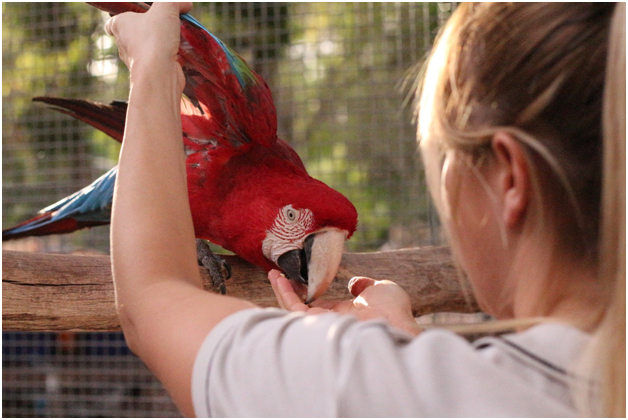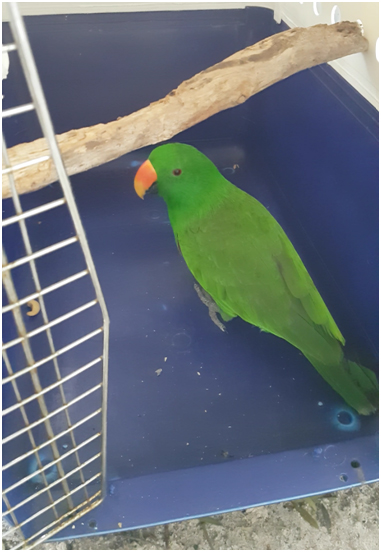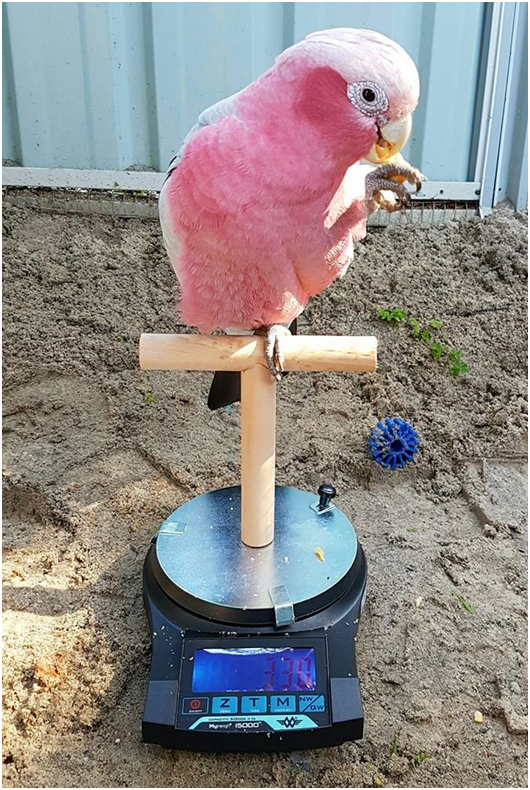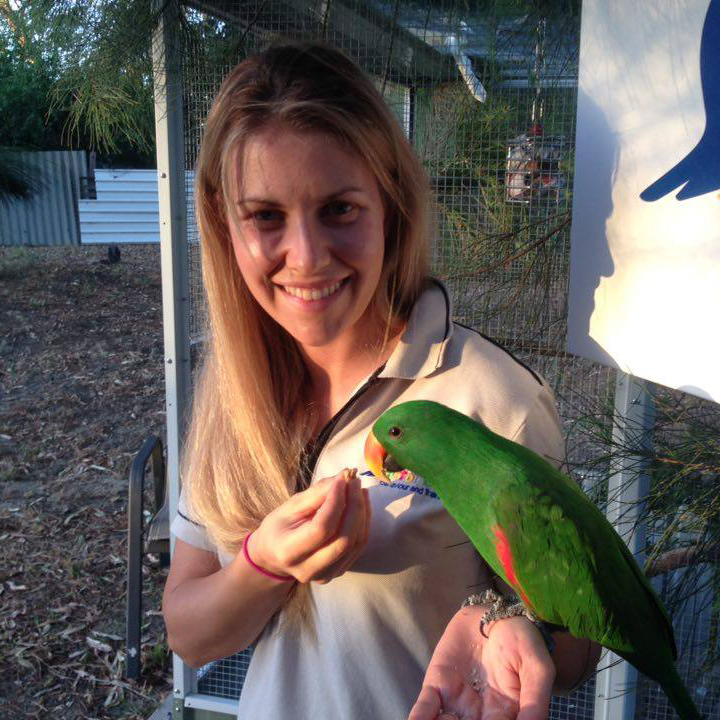What should I teach my parrot? Core foundation training all companion parrots should learn
When a new parrot comes into your life, or you are having trouble keeping up with your current one, have you considered what basic training steps may benefit your parrot and help keep it out of mischief? Many parrot owners forget that their parrot needs to be taught how to behave appropriately in their environment, just like you would train a dog to sit, stay, come here and so on. Without basic foundation training, your parrot can end up with many learnt problem behaviours and create havoc in the household, simply from a lack of understanding of what is expected of them. Common complaints from owners include screaming behaviours, biting, not wanting to go into their cage, and destruction of furniture to name a few!
Why teaching foundation behaviours is important
Just like you would take that new puppy to puppy pre-school classes, you can take your parrot through a very similar process at home – and reap lifelong rewards. Teaching foundation behaviours can prevent those aforementioned problem behaviours arising, allow greater freedom and interaction for your parrot – all while turning those ‘obedience’ behaviours into a fun game!

When should I start training?
You can begin to teach a new parrot basic foundation behaviours as soon as it is comfortable in its new environment. If you have had a parrot for some time and are worried it is too late to start training, don’t worry as they can learn and unlearn at any age. This said, they may have had plenty of practice at those ‘bad habits’ already so they will be more resistant to change, but time, patience and finding the right training motivators will work wonders! If you train using positive reinforcement (your parrot receives a desired reward for performing the behaviour) and break the teaching process into small, manageable steps, training these behaviours is fairly simple.
We have broken down our recommended foundation behaviours into the categories below. This is brief introduction to each behaviour, if you would like more advice on how to train your parrot please contact us via www.parrotlife.com.au.
Handling Behaviours

- A ‘come here’/target cue – a visual cue that signals to your bird to come to a certain spot or touch an object (like a target stick). Using this cue to move the bird from point to point around the cage or environment will strengthen your cues and trains in a clicker very quickly.
- Step-up – stepping onto your hand, then sitting on your hand while you are walking.
- Recall – flying to hand or to the spot you cue your bird to.
- Touch acceptance – allowing touch of the body so they are not afraid of hands and physicals exams.
- Socialisation – teaching calm and positive interactions with other birds, family, children etc.
Obedience Behaviours
- Stationing – going to a point on cue (i.e. “on your mat” to a dog)
- “Wait” – pausing in one spot for a short period of time (if you want them to stay for a long time you need to provide something fun for them to do there!)
- “Drop”– drop object on verbal cue, very useful for chewers!
- Cage entry – teach the bird to enter their cage when you ask
- “Off” – step off you or fly/leave the spot they are in
Transportation

- Crate training – entering a carry crate willingly when asked
- Harness training – you can teach your bird to wear a harness so it can come outdoors with you safely
Health and Wellbeing

- Towel acceptance – to associate towel restraint with treats, and not fear
- Physicals – build on your touch acceptance behaviour to lifting wings, accepting restraint handling without fear
- Nail filing – present their feet for easy nail filing
- Taking medication – teach them to take liquids from a syringe willingly in case they ever need medications in future
- Scale training – train them to hop onto some avian scales so you can keep an eye on their weight and health
- Happy vet visits – take your bird for a visit to meet the vet, get treats and create positive associations with veterinary exam rooms and equipment.
Article written by Rachel Riley of Parrot Life

